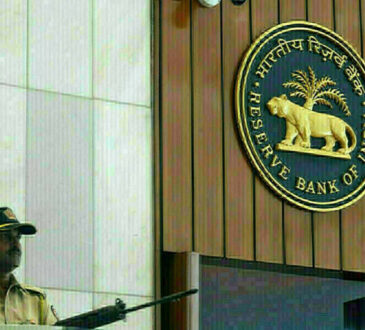
(Bloomberg) — There’s one topic dominating the agenda as FX traders descend on Miami this week: how the currency market can adjust to a fast-approaching change to US stock settlements that stands to shake-up their industry.
Most Read from Bloomberg
Representatives from all corners of the $7.5 trillion-a-day global currency market will gather at TradeTech FX USA 2024, an annual meeting that is set to draw about 600 participants this year, to discuss everything from the timing of the Federal Reserve’s rate cuts to the role of artificial intelligence. But a shift to halve the settlement time for US equities to just one day is the key concern for many participants.
Known as T+1, that change in May will leave the FX market out of sync with its equity peers. Currency trades that usually take two days to complete will need to accelerate to keep up, potentially creating a rush for currencies at the end of the day and increasing the risk of failed trades. Indeed, CLS Group Holdings AG, the world’s largest foreign-exchange settlement firm, says about one third of asset managers aren’t ready yet.
“The futures trader, the spec trader, the momentum trader, it’s not going to affect them,” said Marc Chandler, a conference attendee and chief market strategist at Bannockburn Global Forex LLC. “But the asset managers, it really affects them. And then who does it affect? The custodians.”
FX liquidity is highest when major global markets in Asia, Europe and the US are open, but it dries up in the US afternoon, when other markets are shut. Some funds could choose to set up offices in the US or automate the trades, all of which comes at a cost, FX traders say.
“It may mean more transactions late in the New York day,” said Steven Englander, head of global G-10 FX research and North America strategy for Standard Chartered Bank. “If you have a desk in New York, it’s not the end of the world,” he said, adding that while it is feasible to adjust to T+1, traders will have to change their systems and processes, “which is always cumbersome.”
A rush to push trades through late in the New York session to meet the new deadline could lead, at least at first, to more volatility in prices and higher trading costs. Switzerland-based CLS estimates around $65 billion of trades it processes could miss the cut-off time for next day settlement. It is surveying its members whether to extend its trading deadline by 30, 60 or 90 minutes.
Nowara Munir, who’s been trading FX for nearly 20 years and works for MFS Investment Management, says money managers are brainstorming solutions, including staffing later into the evening to deal with quicker settlements and automations. “Each of us are in such different spots in how we are preparing for this. So anyone that’s US based and has their business run in dollars, I think is more prepared than anyone who has overseas business,” Munir said.
Read More: Faster US Stock Settlement Has Currency-Market Anchor Scrambling
The Fed has warned it’s “imperative” for market participants to prepare for the shift to avoid a disruption to the functioning of trades. Bank of New York Mellon Corp. coined the upcoming change as the most transformative since the onset of electronic trading in the early 2000s.
“A lot of firms might not have extra bodies to cover,” MFS Investment’s Munir said. “You’re going to see FX traders need to stay till 7 p.m.,” she said, adding that money managers might want to automate some of the flow.
Shorter settlement times for equity trades are supposed to help reduce risks in the equity markets and come as trading volumes rose after the US shifted from three to two days in 2017.
“Hopefully people pay attention, get scared and then we’ll have it done properly,” Lynn Chen, fixed income portfolio manager at American Century Investments, referring to the T+1 shift.
–With assistance from Greg Ritchie and Alice Atkins.
Most Read from Bloomberg Businessweek
©2024 Bloomberg L.P.




